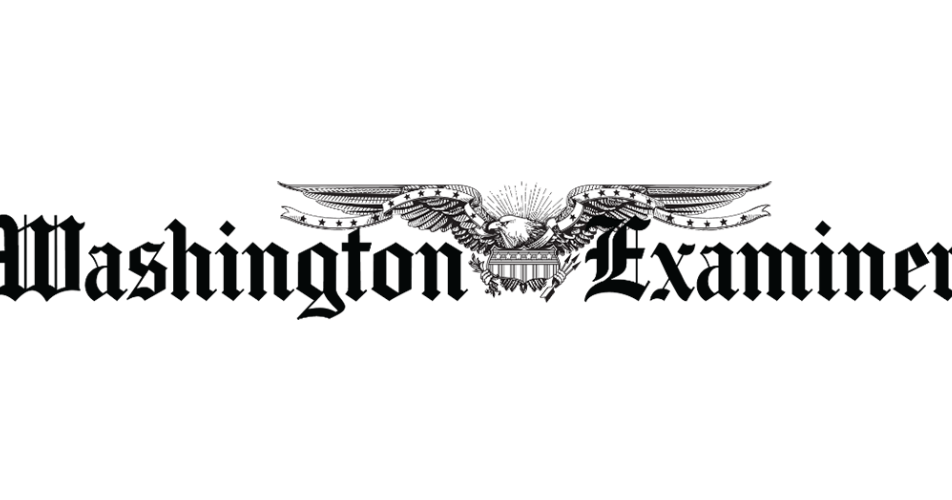President Donald Trump has announced a sweeping new trade policy, implementing a significant 50% tariff on specific copper imports, a move set to coincide with the broader “Liberation Day” duties. This pivotal decision also sees the revocation of the widespread “de minimis” tariff exemption, marking a dramatic shift in the nation’s import regulations and signaling a robust focus on domestic economic protection. The administration asserts these measures are crucial for fortifying the national economy against foreign market pressures.
In a series of rapid trade developments, the President’s proclamation extends beyond copper, impacting other global trade partners. Brazil faces a substantial 40% tariff rate, while India is subject to 25% duties. These parallel actions underscore a concerted effort by the White House to recalibrate international trade agreements and address perceived imbalances, aiming to create a more equitable landscape for American industries and workers.
The elimination of the de minimis exemption, effective August 29, will subject all imported packages, regardless of value, to duties. This revocation targets what the White House has termed a “big scam” that previously allowed small shipments to enter the country duty-free, reportedly harming U.S. businesses. This change signifies a comprehensive approach to import duties, ensuring that all foreign goods contribute to the nation’s revenue and do not disadvantage domestic producers.
Regarding copper tariffs, the President’s decision follows an extensive investigation initiated earlier in his administration under Section 232 of the Trade Expansion Act. This inquiry sought to determine whether copper imports posed a national security threat due to their quantity. The Secretary’s findings confirmed that high import rates and global excess production capacity were indeed weakening the U.S. economy, jeopardizing domestic production facilities and national security requirements.
The proclamation further details processes for identifying and imposing tariffs on certain copper derivatives, ensuring a broad application of the new levies. Notably, a specific carve-out has been granted for British copper, following a recently established trade deal between the United States and the United Kingdom. This demonstrates the administration’s willingness to integrate strategic alliances within its broader trade policy framework.
The new copper rates align with duties previously imposed on other metals like steel and aluminum, underscoring a consistent theme in Donald Trump’s economic policy. These higher levies specifically target semi-finished copper products, including pipes, wires, rods, sheets, and tubes, alongside copper-intensive derivative products such as pipe fittings, cables, and connectors. However, essential raw materials like ores, concentrates, and cathodes have been exempted from these elevated tariffs.
While these new import duties coincide with the “Liberation Day” tariffs, some adjustments have been made for specific countries through direct communications or new trade agreements. This nuanced approach highlights the administration’s dynamic engagement in global trade policy, balancing broad economic objectives with bilateral negotiations to achieve its desired outcomes for American commerce and manufacturing.
Despite concerns regarding potential consumer price increases, the White House maintains that the new tariffs will not significantly burden American households. Instead, the administration contends that the increased levy revenue will play a crucial role in reducing the national debt and alleviating the financial burden on taxpayers. Director asserted that import prices have already dropped “dramatically” since the tariffs began, indicating that foreign countries are bearing a significant portion of the economic impact.






Leave a Reply